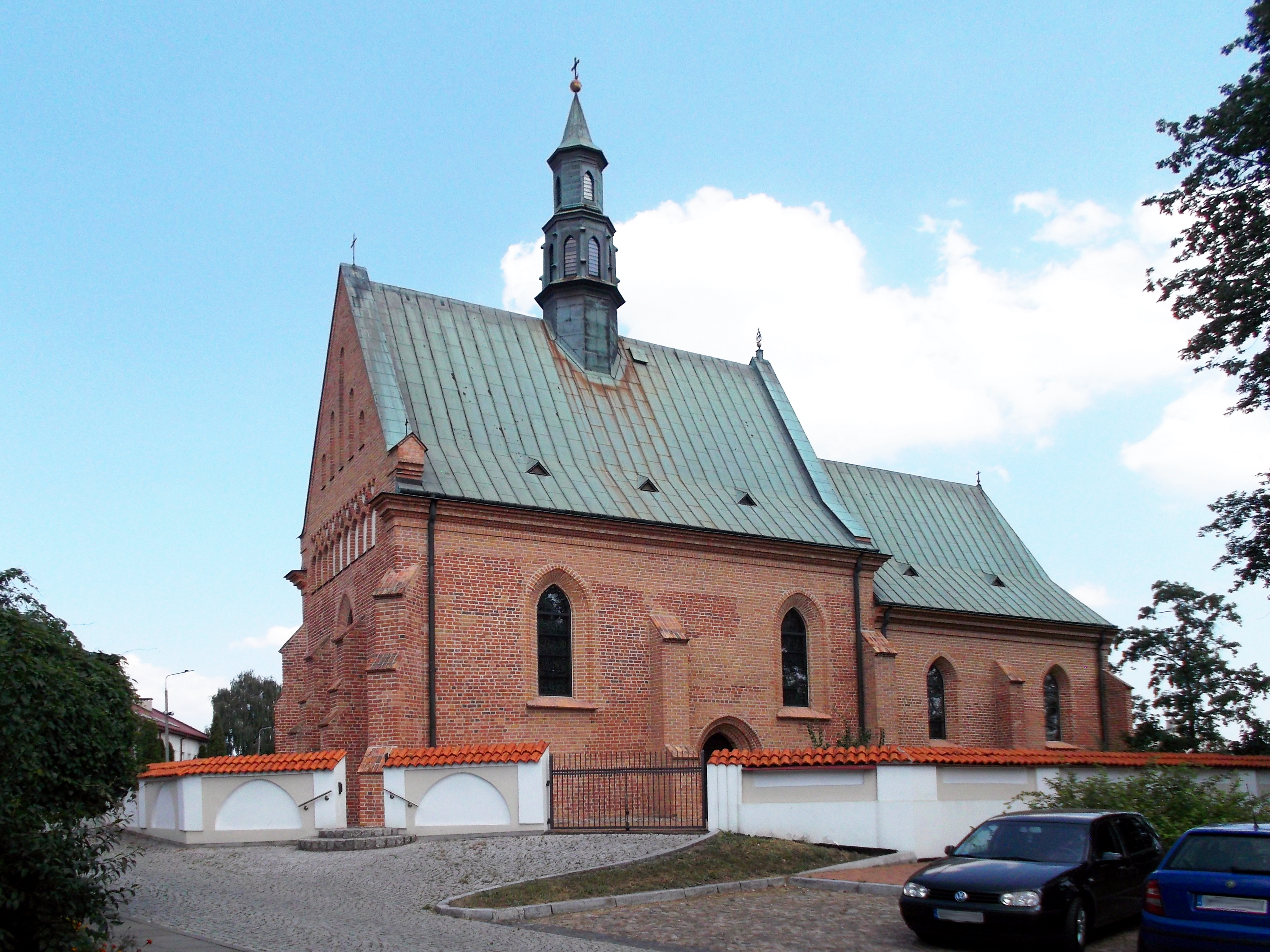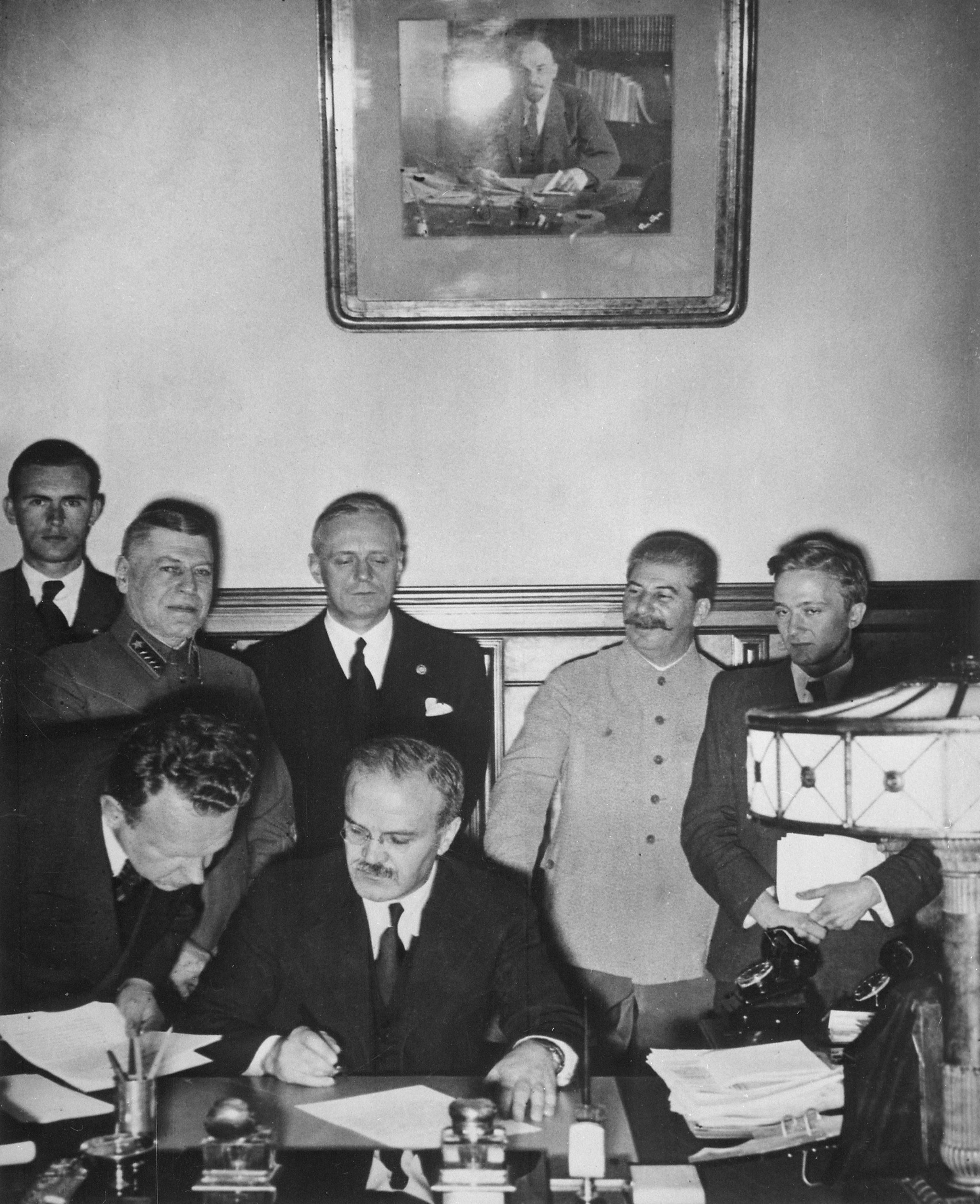|
Radom Synagogue
Radom Synagogue was an Orthodox Synagogue in Radom, Poland, destroyed by Nazi Germany following the invasion of Poland in World War II. The Synagogue was located at Podwalna Street, previously named the Bożnicza Street. It was built in 1846, and burned to the ground in 1939 when the Radom Ghetto was set up. Almost all Radom Jews perished during the Holocaust in occupied Poland resulting in nearly complete abandonment of the site. After the end of war, the ruins of the Synagogue were dismantled on the orders of the local pro-Soviet communist government.Synagoga w Radomiu Retrieved 9 February 2015.Radom ... [...More Info...] [...Related Items...] OR: [Wikipedia] [Google] [Baidu] |
Radom
Radom is a city in east-central Poland, located approximately south of the capital, Warsaw. It is situated on the Mleczna River in the Masovian Voivodeship (since 1999), having previously been the seat of a separate Radom Voivodeship (1975–1998). Radom is the fourteenth-largest city in Poland and the second-largest in its province with a population of 206,946 as of 2021. For centuries, Radom was part of the Sandomierz Province of the Kingdom of Poland and the later Polish–Lithuanian Commonwealth. Despite being part of the Masovian Voivodeship, the city historically belongs to Lesser Poland. It was a significant center of administration, having served as seat of the Crown Council which ratified the Pact of Vilnius and Radom between Lithuania and Poland in 1401. The Nihil novi and Łaski's Statute were adopted by the Sejm at Radom's Royal Castle in 1505. In 1976, it was a center of the June 1976 protests. The city is home to the biennial Radom Air Show, the largest ... [...More Info...] [...Related Items...] OR: [Wikipedia] [Google] [Baidu] |
Orthodox Judaism
Orthodox Judaism is the collective term for the traditionalist and theologically conservative branches of contemporary Judaism. Theologically, it is chiefly defined by regarding the Torah, both Written and Oral, as revealed by God to Moses on Mount Sinai and faithfully transmitted ever since. Orthodox Judaism, therefore, advocates a strict observance of Jewish law, or '' halakha'', which is to be interpreted and determined exclusively according to traditional methods and in adherence to the continuum of received precedent through the ages. It regards the entire ''halakhic'' system as ultimately grounded in immutable revelation, and beyond external influence. Key practices are observing the Sabbath, eating kosher, and Torah study. Key doctrines include a future Messiah who will restore Jewish practice by building the temple in Jerusalem and gathering all the Jews to Israel, belief in a future bodily resurrection of the dead, divine reward and punishment for the righteo ... [...More Info...] [...Related Items...] OR: [Wikipedia] [Google] [Baidu] |
Synagogue
A synagogue, ', 'house of assembly', or ', "house of prayer"; Yiddish: ''shul'', Ladino: or ' (from synagogue); or ', "community". sometimes referred to as shul, and interchangeably used with the word temple, is a Jewish house of worship. Synagogues have a place for prayer (the main sanctuary and sometimes smaller chapels), where Jews attend religious Services or special ceremonies (including Weddings, Bar Mitzvahs or Bat Mitzvahs, Confirmations, choir performances, or even children's plays), have rooms for study, social hall(s), administrative and charitable offices, classrooms for religious school and Hebrew school, sometimes Jewish preschools, and often have many places to sit and congregate; display commemorative, historic, or modern artwork throughout; and sometimes have items of some Jewish historical significance or history about the Synagogue itself, on display. Synagogues are consecrated spaces used for the purpose of Jewish prayer, study, assembly, ... [...More Info...] [...Related Items...] OR: [Wikipedia] [Google] [Baidu] |
Nazi Germany
Nazi Germany (lit. "National Socialist State"), ' (lit. "Nazi State") for short; also ' (lit. "National Socialist Germany") (officially known as the German Reich from 1933 until 1943, and the Greater German Reich from 1943 to 1945) was the German Reich, German state between 1933 and 1945, when Adolf Hitler and the Nazi Party controlled the country, transforming it into a dictatorship. Under Hitler's rule, Germany quickly became a totalitarian state where nearly all aspects of life were controlled by the government. The Third Reich, meaning "Third Realm" or "Third Empire", alluded to the Nazi claim that Nazi Germany was the successor to the earlier Holy Roman Empire (800–1806) and German Empire (1871–1918). The Third Reich, which Hitler and the Nazis referred to as the Thousand-Year Reich, ended in May 1945 after just 12 years when the Allies of World War II, Allies defeated Germany, End of World War II in Europe, ending World War II in Europe. On 30 January 1933, H ... [...More Info...] [...Related Items...] OR: [Wikipedia] [Google] [Baidu] |
Invasion Of Poland
The invasion of Poland (1 September – 6 October 1939) was a joint attack on the Republic of Poland by Nazi Germany and the Soviet Union which marked the beginning of World War II. The German invasion began on 1 September 1939, one week after the signing of the Molotov–Ribbentrop Pact between Germany and the Soviet Union, and one day after the Supreme Soviet of the Soviet Union had approved the pact. The Soviets invaded Poland on 17 September. The campaign ended on 6 October with Germany and the Soviet Union dividing and annexing the whole of Poland under the terms of the German–Soviet Frontier Treaty. The invasion is also known in Poland as the September campaign ( pl, kampania wrześniowa) or 1939 defensive war ( pl, wojna obronna 1939 roku, links=no) and known in Germany as the Poland campaign (german: Überfall auf Polen, Polenfeldzug). German forces invaded Poland from the north, south, and west the morning after the Gleiwitz incident. Slovak military forces ... [...More Info...] [...Related Items...] OR: [Wikipedia] [Google] [Baidu] |
Radom Ghetto
Radom Ghetto was a Nazi ghetto set up in March 1941 in the city of Radom during the Nazi occupation of Poland, for the purpose of persecution and exploitation of Polish Jews. It was closed off from the outside officially in April 1941. A year and a half later, the liquidation of the ghetto began in August 1942, and ended in July 1944, with approximately 30,000–32,000 victims (men, women and children) deported aboard Holocaust trains to their deaths at the Treblinka extermination camp.The statistical data compiled on the basis o "Glossary of 2,077 Jewish towns in Poland" by ''Virtual Shtetl'' Museum of the History of the Polish Jews (Polish), as well a "Getta Żydowskie" by ''Gedeon'' (Polish) anat ARC. Accessed March 12, 2015. Background In the invasion of Poland, the city of Radom was overrun by the German forces on 8 September 1939. The total population was 81,000 at that time of which 25,000 were Jewish. [...More Info...] [...Related Items...] OR: [Wikipedia] [Google] [Baidu] |
The Holocaust In Occupied Poland
The Holocaust in Poland was part of the European-wide Holocaust organized by Nazi Germany and took place in German-occupied Poland. During the genocide, three million Polish Jews were murdered, half of all Jews murdered during the Holocaust. The Holocaust in Poland was marked by the construction of death camps by Nazi Germany, German use of gas vans, and mass shootings by German troops and their Ukrainian and Lithuanian auxiliaries. The extermination camps played a central role in the extermination both of Polish Jews, and of Jews whom Germany transported to their deaths from western and southern Europe. Every branch of the sophisticated German bureaucracy was involved in the killing process, from the interior and finance ministries to German firms and state-run railroads. Approximately 98 percent of Jewish population of Nazi-occupied Poland during the Holocaust were killed. About 350,000 Polish Jews survived the war; most survivors never lived in Nazi-occupied Poland, ... [...More Info...] [...Related Items...] OR: [Wikipedia] [Google] [Baidu] |
Virtual Shtetl
The Virtual Shtetl ( pl, Wirtualny Sztetl) is a bilingual Polish-English portal of the Museum of the History of Polish Jews in Warsaw, devoted to the Jewish history of Poland. History The Virtual Shtetl website was officially launched on June 16, 2009 by founder Albert Stankowski. The portal lists over 1,900 towns with maps, statistics and picture galleries. In the future, it will also include an interactive system by which Internet users will interact with each other. It creates a link between Polish-Jewish history and the contemporary, multi-cultural world. The Virtual Shtetl is an extension of the real Museum scheduled to open in 2011 on the site of the Warsaw ghetto. Its main objective is to provide a unique social forum for everyone interested in Polish-Jewish life. The "Virtual Shtetl" re-tells the history of Polish Jews which existed, to a great extent, in a town or a village ( Yiddish: shtetl). But besides that, it also provides information about German Jews and the ... [...More Info...] [...Related Items...] OR: [Wikipedia] [Google] [Baidu] |
Stalinism In Poland
Stalinism is the means of governing and Marxist-Leninist policies implemented in the Soviet Union from 1927 to 1953 by Joseph Stalin. It included the creation of a one-party totalitarian police state, rapid industrialization, the theory of socialism in one country, collectivization of agriculture, intensification of class conflict, a cult of personality, and subordination of the interests of foreign communist parties to those of the Communist Party of the Soviet Union, deemed by Stalinism to be the leading vanguard party of communist revolution at the time. After Stalin's death and the Khrushchev thaw, de-Stalinization began in the 1950s and 1960s, which caused the influence of Stalin’s ideology begin to wane in the USSR. The second wave of de-Stalinization started during Mikhail Gorbachev’s Soviet Glasnost. Stalin's regime forcibly purged society of what it saw as threats to itself and its brand of communism (so-called "enemies of the people"), which included ... [...More Info...] [...Related Items...] OR: [Wikipedia] [Google] [Baidu] |
Former Synagogues In Poland
A former is an object, such as a template, gauge or cutting die, which is used to form something such as a boat's hull. Typically, a former gives shape to a structure that may have complex curvature. A former may become an integral part of the finished structure, as in an aircraft fuselage, or it may be removable, being using in the construction process and then discarded or re-used. Aircraft formers Formers are used in the construction of aircraft fuselage, of which a typical fuselage has a series from the nose to the empennage, typically perpendicular to the longitudinal axis of the aircraft. The primary purpose of formers is to establish the shape of the fuselage and reduce the column length of stringers to prevent instability. Formers are typically attached to longerons, which support the skin of the aircraft. The "former-and-longeron" technique (also called stations and stringers) was adopted from boat construction, and was typical of light aircraft built until the a ... [...More Info...] [...Related Items...] OR: [Wikipedia] [Google] [Baidu] |
Synagogues In Poland Destroyed By Nazi Germany
A synagogue, ', 'house of assembly', or ', "house of prayer"; Yiddish: ''shul'', Ladino: or ' (from synagogue); or ', "community". sometimes referred to as shul, and interchangeably used with the word temple, is a Jewish house of worship. Synagogues have a place for prayer (the main sanctuary and sometimes smaller chapels), where Jews attend religious Services or special ceremonies (including Weddings, Bar Mitzvahs or Bat Mitzvahs, Confirmations, choir performances, or even children's plays), have rooms for study, social hall(s), administrative and charitable offices, classrooms for religious school and Hebrew school, sometimes Jewish preschools, and often have many places to sit and congregate; display commemorative, historic, or modern artwork throughout; and sometimes have items of some Jewish historical significance or history about the Synagogue itself, on display. Synagogues are consecrated spaces used for the purpose of Jewish prayer, study, assembly, and re ... [...More Info...] [...Related Items...] OR: [Wikipedia] [Google] [Baidu] |



.jpg)




